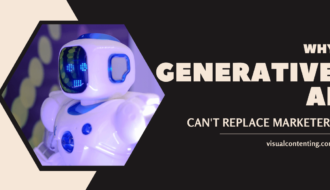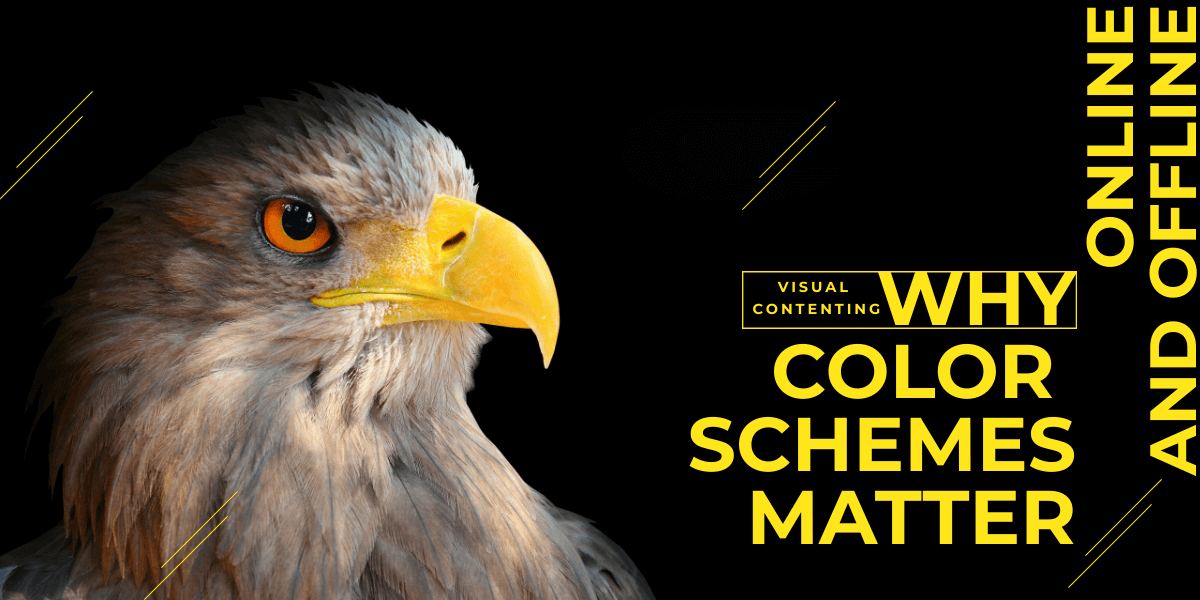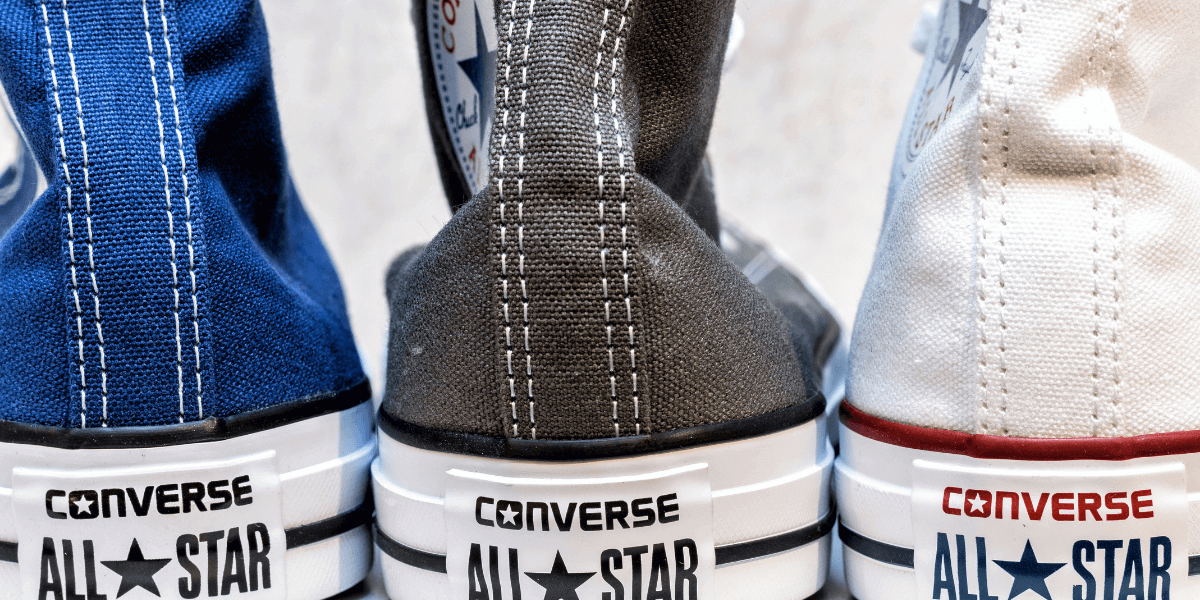It happens to all of us from time to time, at some point in our writing careers, inspirations are cut off, or we cannot seem to spin our ideas properly. Do not panic, you are not alone! All writers go through this situation at least once a week — this is why today we are sharing five valuable tips from Spanish Writer Pro that will help you overcome even the longest 'writer's block.'
Based on my experience, there are a few things you can, such as:
1. Automatic Writing
When losing inspiration, the first thing I recommend is for you to stop. If you want to succeed as a copywriter, your writing needs to be both relatable and functional. Thus, when you begin to see that your writing is losing effectiveness, find a writing spot where you feel incredibly comfortable or a place that brings you good memories. These types of sites help you to better connect with thoughts.
Once you get your groove back, start writing. Take note of what you see, what you hear, and anything or everything that comes to mind; this is called 'automatic writing.' It is a natural and spontaneous process. Hence, do not be alarmed if, at first, what you write isn't making a lot of sense. 'Automatic writing' will help you interact with ideas, and pick those who are relevant to the product, service, or brand you are writing about. It will also help you cut through the clutter and 'drain' your brain of redundant content.
Recommended: Copywriting Mistakes that Kill Conversions
2. YouTube, YouTube, YouTube!
At this point, you might be thinking: how does procrastinating will help me get through a ‘writer's block’? And let me tell you, it will! Most people are not aware of the amount of content that is readily available on YouTube, and that could trigger their writing.
I always like to start by playing videos related to the subject of interest. For instance, if I am writing a copy of a hair product, I would look at hairstyle tutorials. By doing so, you get the inside scoop as to what the product is being used for and by whom. Another option is to look at videos of influencers or the so-called 'Youtubers.' These may give you an insight into what people want to see and hear.
You can also research what other similar brands or companies are saying about their products through interviews, commercials, etc. When you interact with opinions that are different from the one you are communicating, you can mentally review the main idea of your text; and even reflect on what it is you want to say. Remember… Writing an advertisement is similar to writing a short story, it has to be exciting but also be able to convey a powerful message in a few sentences.
If none of those mentioned above videos work, you can always take a look at inspirational videos from motivational speakers to get you going. A few of my personal favorites are Tony Robbins, Eckhart Tolle, and GaryVee.
3. Play Your Favorite Tune
It doesn't matter if you like pop, rock or classical music. Research has found that no matter the genre, music is intrinsically linked to human emotions and creativity. It is also one of the most pleasurable things in life as it releases a hormone in our body called dopamine that stimulates our senses. Hence, listening to music can help us get inspired!
Moreover, even if you cannot be sure of what will trigger your audience to buy the product or service you are selling, more often than not, people make decisions based on emotions and not logic. Thus, being in touch with your feelings as a writer may result in a more fruitful ad copy.
Last but not least, music helps with memory. Thus, it can lead to previous moments and lived experiences, which can also be a great source of inspiration.
4. Take it easy!
Do not punish yourself, it is okay not to be inspired 24/7. People may think that writing is just "jotting down words" and is often seen as a simple task. But in reality, it is not; especially when you are writing to provoke a reaction. In other words, advertisements are complex texts, they need to have a 'call to action' that ultimately results in people buying the service or product you are selling. Thus, it takes time and patience to compose jingles, slogans, and taglines.
I fervently believe that it is better not to write than to write meaningless content that can later come to bite you in the butt! Do not torment yourself, let that pen or computer rest from time to time. Remember writing is a marathon, not a sprint, and thus the goal is to avoid getting saturated.
Besides, the fact that you are not writing does not mean that you are not working. A writer not only writes but also lives, sees, discovers, plays, talks, feels, thinks, reads... It is all part of the process!
5. Hold on to the techniques
Many techniques or methods can help you when it comes to rethinking an idea or seeking more inspiration. Here are two of my favorite inspiration for grabbing techniques:
- Conceptual Maps
These are useful for brainstorming sessions, as they will help you organize your ideas. Divide them into main ideas, secondary ideas, and 'other information'; this way, you can get a better feel of what is relevant to the audience at hand.
- '6 Hats to Wear'
This is a great mechanism to help organize and rethink concepts. As you might have gathered from its name, it consists of approaching the same topic from six different points of view.
1. White Hat
It is the one that is in charge of the facts, figures, and other objective data. It is a great way to find the gaps in your argument and substitute them.
2. Red Hat
It is the hat that relates to emotions and other non-rational aspects. Like I said before, this is crucial when writing copy for commercials, ads, or even jingles.
3. Black Hat
The 'black hat' is the logical and critical side of your argument. It tends to look at the most negative outcome of a situation to find ways in which you can spin the content. This hat is especially important in advertising, as all products have flaws or defects.
4. Yellow Hat
It is the one that represents the optimistic side of things. In advertising, it usually paints the benefits and 'must-haves' of a product/service.
5. Green Hat
Probably the most important 'hat' as it is the creative one. The green hat presents alternative ways to solve problems and convey messages.
6. Blue Hat
It is the one responsible for process control. The blue hat organizes thoughts and is used for contingency.
Undoubtedly, there are many other technical methods you can use. I recommend you do a little research and find the one(s) that you are more comfortable trying.
So, if you lose inspiration or feel like you might be encountering a case of 'writer's block' you can always come back to this article. But keep in mind that nobody in life finds its way without getting lost a few times along the road!
Related Posts
Carla Miranda is the Business Development Manager has a great experience of 10 Years and Provides the best outsourcing service to clients across the world.
She is confident in her work and assures the safety of data and grantee to keep it confidential, by utilizing proper protocols with the use of updated technology. The main goal is to provide Client Satisfaction







